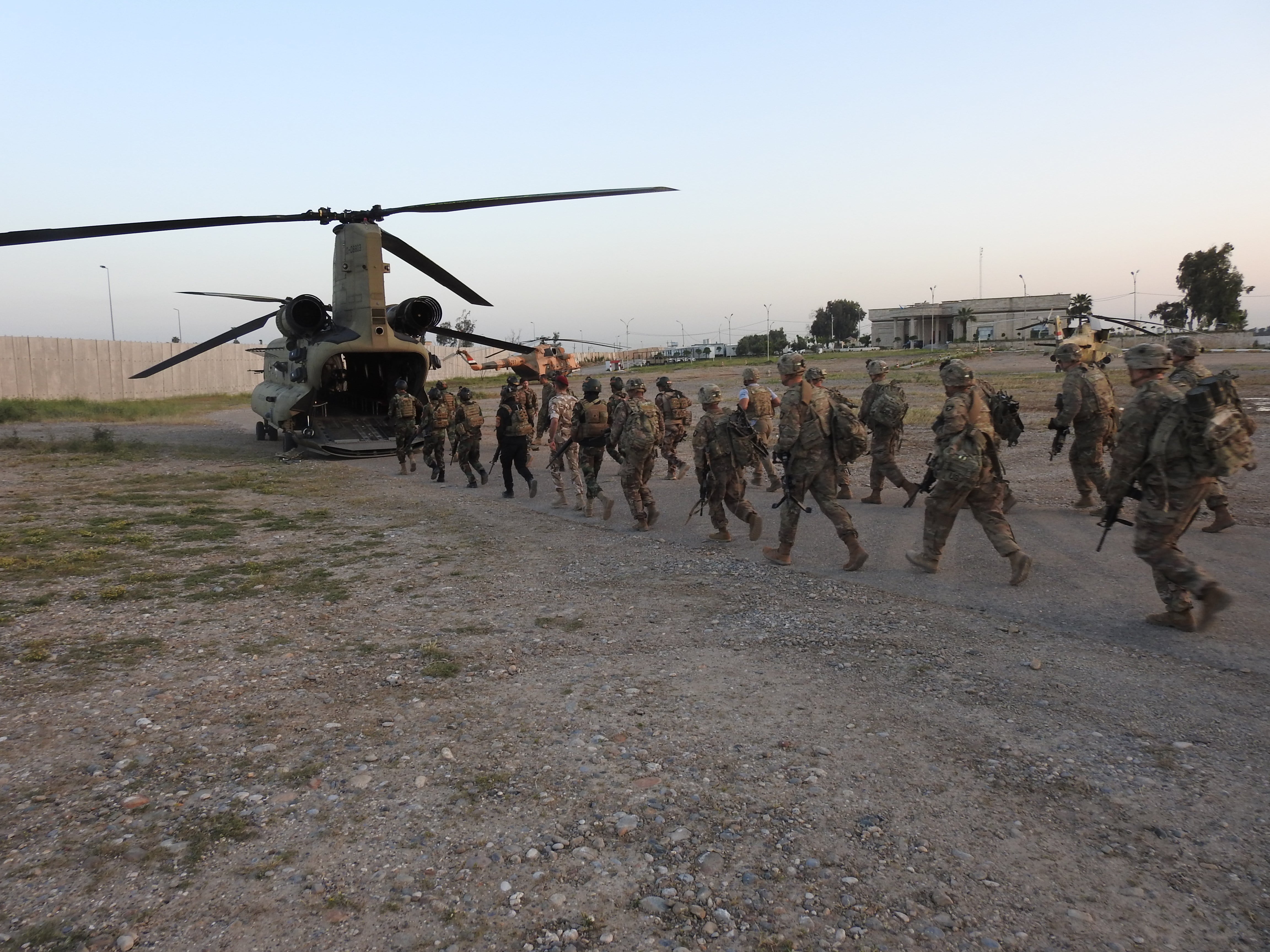Soldiers from the 101st Airborne Division’s 1st Brigade Combat Team returned from Iraq and Syria this September, following a nine-month deployment in support of the Inherent Resolve coalition’s fight against the Islamic State.
The ‘Bastogne’ brigade trained Iraqi soldiers to perform air assaults to reach insurgent safe-zones and assisted with the territorial defeat of ISIS at the Baghouz pocket. Some earned Combat Action Badges and Combat Infantryman Badges denoting that they were actively engaging or being engaged by enemy forces.
The soldiers had been deployed to the region since January and stretched from Kirkuk Province in Iraq’s north, to the country’s western Al Anbar Province, and up into northern Syria.
Numbers weren’t immediately available, but Col. Derek K. Thomson, the brigade commander, said that combat badges were meted out to soldiers during the deployment.
“The majority of the CABs were awarded to our artillery fires units,” Thomson said, adding that most of the call-for-fire missions were performed during the final push against ISIS in February and March. Those units were taking “very minimal” fire from enemy forces during that time, he noted.
“We did award a handful of CIBs to our element in Syria," Thomson said. "I’ll say in the northern area but let’s leave it at that.”
Most of the combat took place during ISIS’ final stand, “but it did continue throughout the deployment,” Thomson added.
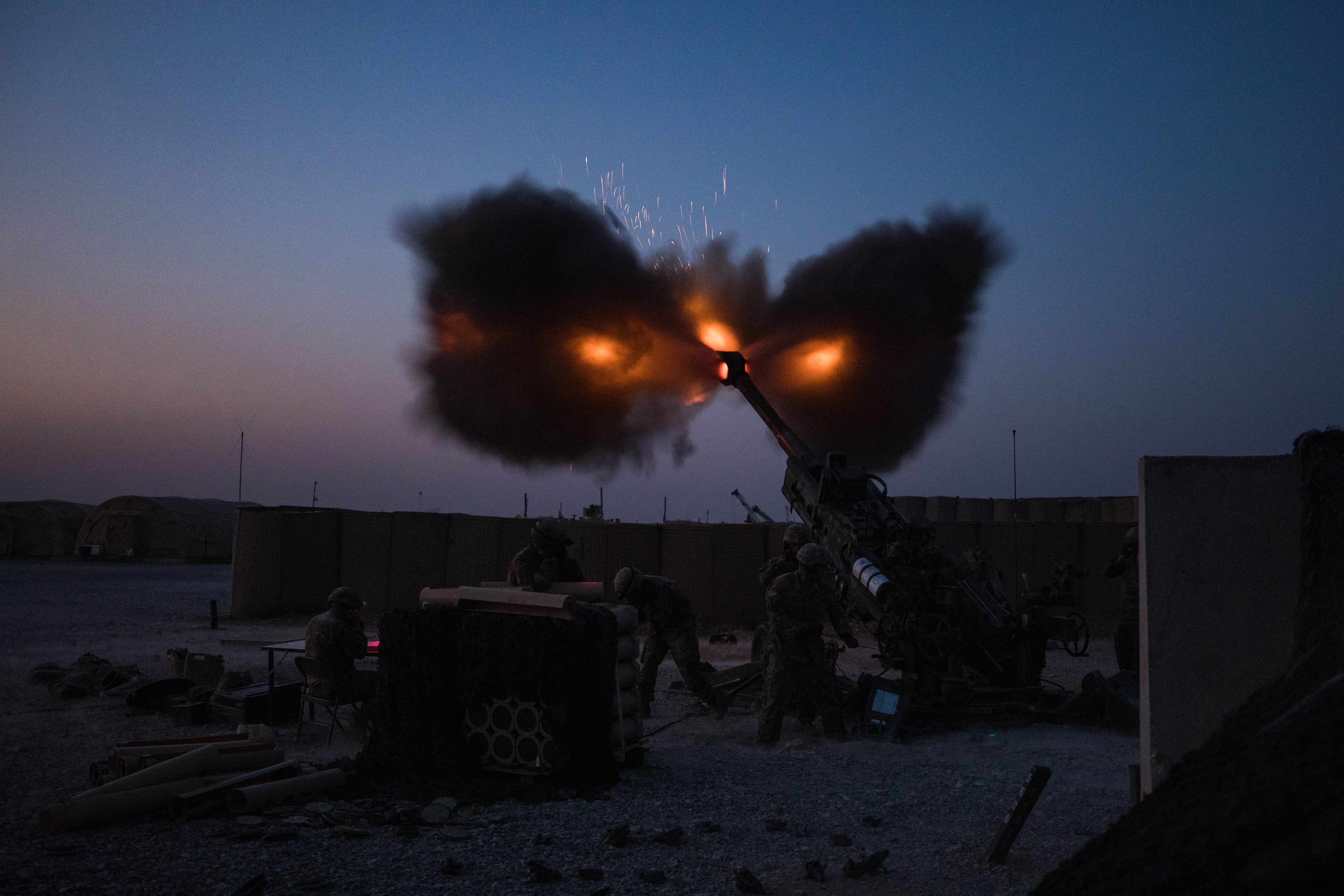
During their rotation, the brigade lost a soldier to a non-combat incident in northern Syria, according to the Pentagon. Pfc. Michael A. Thomason died while posted to Kobani, near the Turkish border. The incident is still under investigation, Thomson said.
Another soldier, Spc. Ryan Riley, died in a non-combat incident in Nineveh Province, Iraq.
Most of the soldiers in northern Syria were supporting special operations forces. A common mission for Army infantrymen is to act as “uplift” troops for Green Berets by manning heavy weapons, providing security at outposts and adding more rifles to patrols.
During the deployment, the brigade served as the backbone of Task Force Iraq, helping to provide intelligence and targeting, delivery of joint strike assets and operational-level training to Iraqi security forces.
As ISIS’ physical territory shrunk, the militant group shifted back into an insurgency.
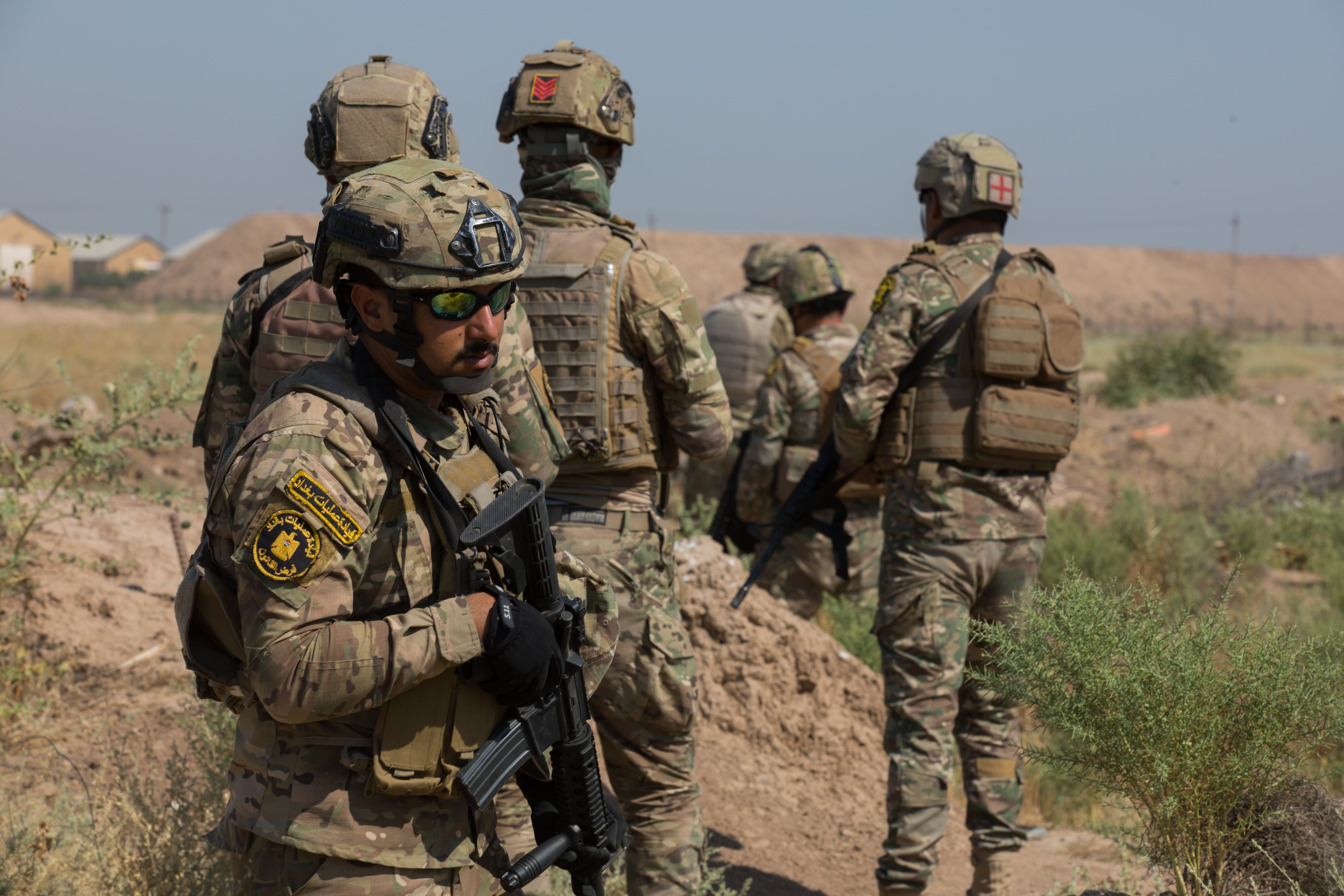
“It did mark a transition certainly in the life-cycle of ISIS,” Thomson said. “But even during the fight against the physical caliphate, it wasn’t like one fight stopped and another began.”
Maj. Shad Lloyd, an intelligence officer in Bastogne brigade, said that the areas where ISIS is attempting to gain footholds include Al Anbar Province’s wide deserts and the Hamrin Mountains southwest of Kirkuk. But Syria also presents opportunities for an ISIS resurgence.
“There’s issues in either area,” Lloyd said. “In Syria you’ve got the prison camps that are concerning. ... And then in Iraq there’s those sectarian fault lines.”
RELATED
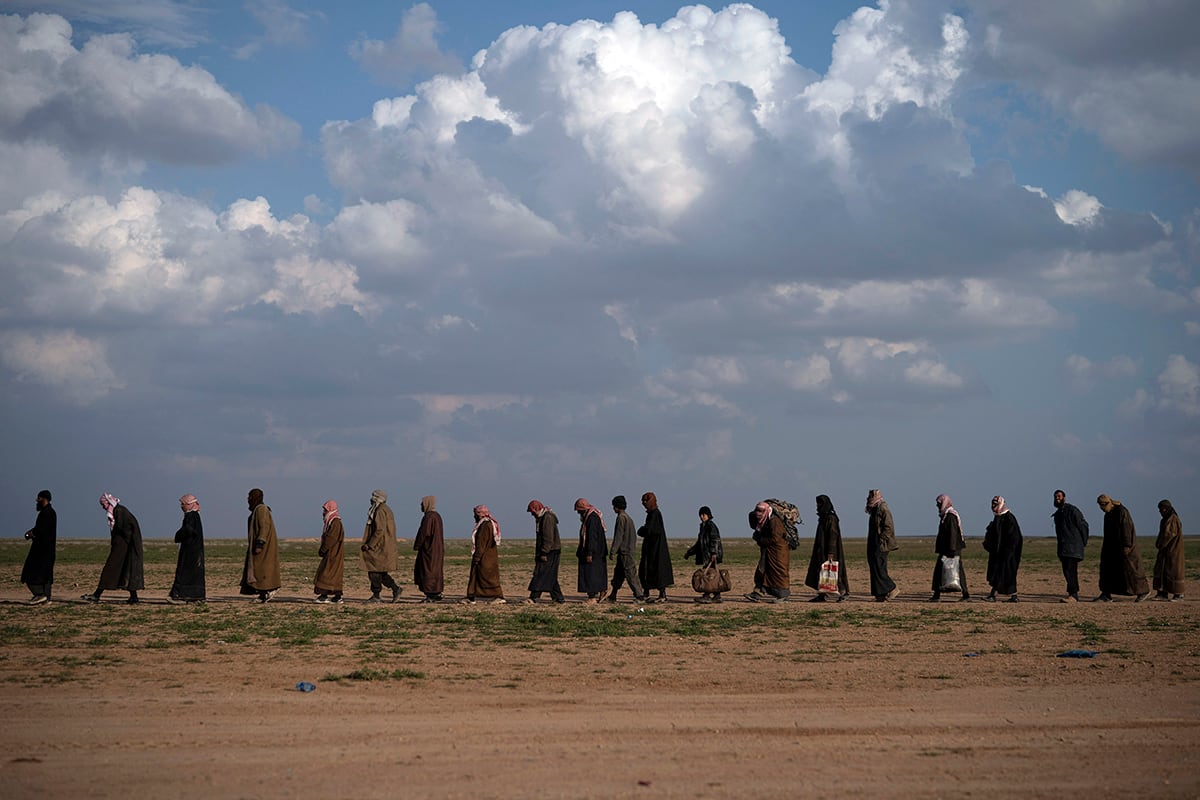
At the operational level, the brigade helped Iraqi security forces harness their rotary wing assets to train for air assault operations.
Thomson said the training will help the Iraqi Army “use their helicopters with their ground forces to push out into some of the more remote reaches of the Iraqi desert.”
Increasing the Iraqi military’s operational reach was one of the major lines of effort.
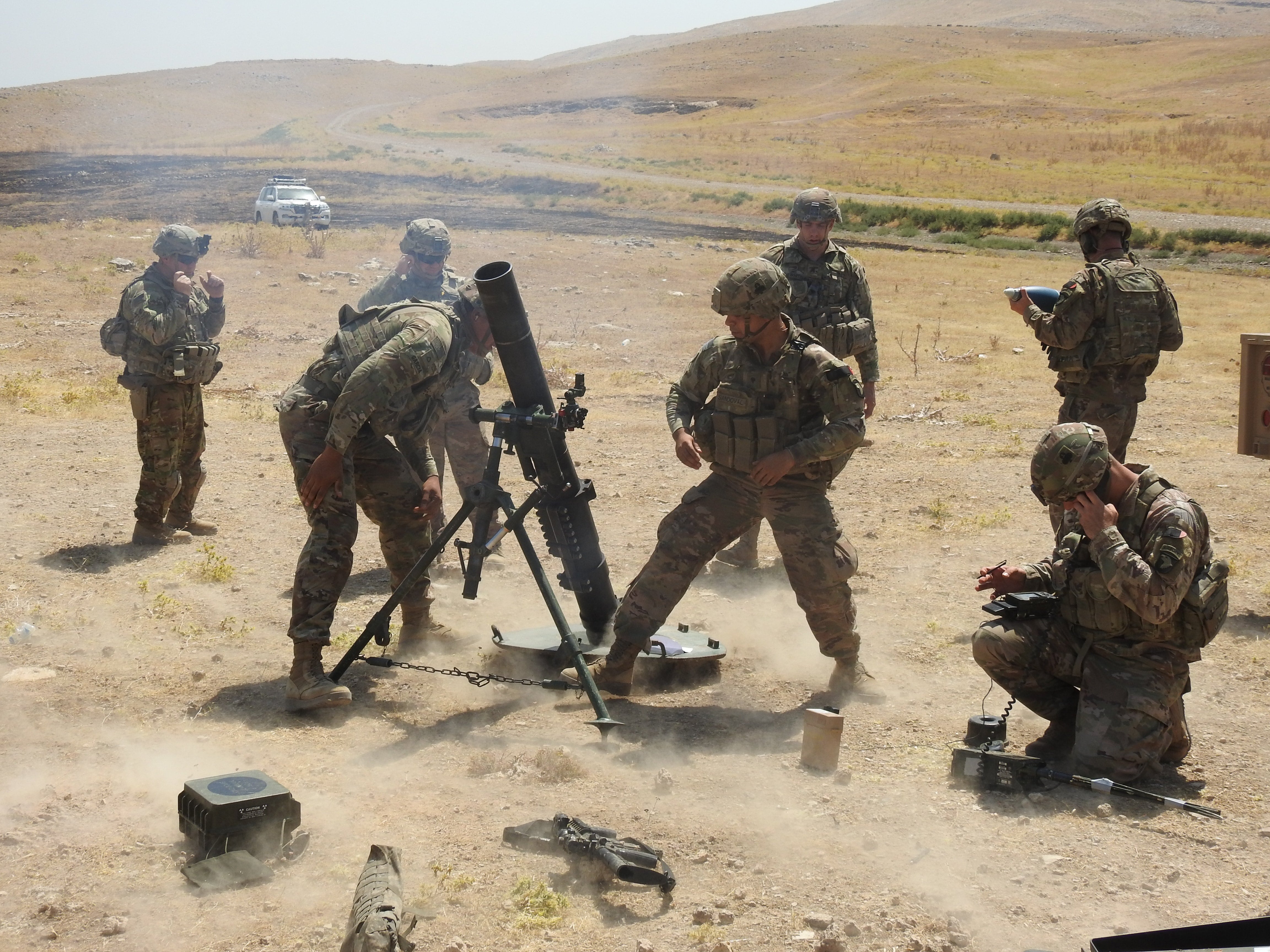
Thomson noted that the U.S. commitment to Iraqi troops is a “modest” one. It provides extra combat enablers to “keep pressure” on ISIS, while also helping to rebuild the Iraqi security forces after a long war.
The Iraqi government said in 2017 that more than 26,000 Iraqi troops were killed in the fight against ISIS, with another 28,000 wounded, according to Al-Masdar, an Arab world newspaper. Those losses likely put a large dent in the force structure that Americans helped build after the 2003 U.S. invasion.
“The Iraqi security forces, like any military in a rebuilding phase, continues to improve,” Thomson said. “They have a tough task in front of them. ... From the early days of the defeat-ISIS fight through now, they’ve remained in contact.”
But Thomson feels that the Iraqi military being rebuilt now is “promising" if it “continues at pace.”
U.S. Marines, as well as Norwegian and French troops, also augmented the Bastogne brigade during the deployment.
Thomson’s soldiers were replaced by the 25th Infantry Division’s 1st Stryker Brigade, out of Fort Wainwright, Alaska.
Kyle Rempfer was an editor and reporter who has covered combat operations, criminal cases, foreign military assistance and training accidents. Before entering journalism, Kyle served in U.S. Air Force Special Tactics and deployed in 2014 to Paktika Province, Afghanistan, and Baghdad, Iraq.
